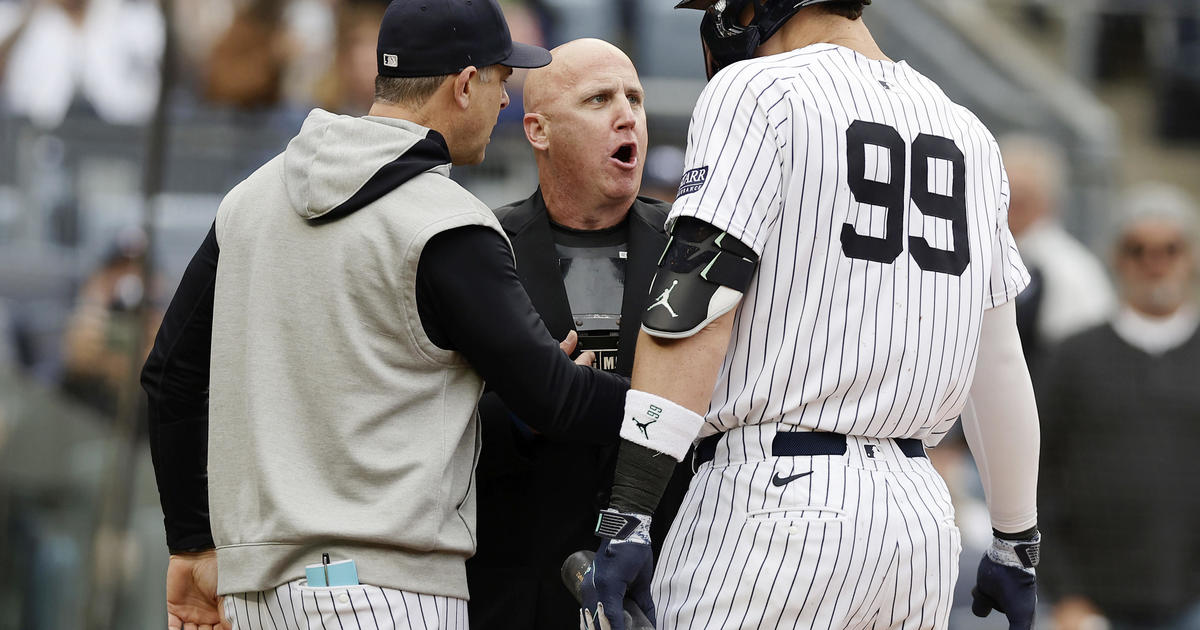Sims: Carmelo Anthony's Shoulder Woes Are More Than A Warning Sign
By Abby Sims
» More Columns
Though his knee issues have not entirely faded into the past, Carmelo Anthony's first post-playoff doctor visit will evidently focus on his left shoulder, according to the New York Daily News. Melo hurt his shoulder on April 14 and exacerbated it in the first round against Boston. Naturally though, at the time -- and with the Indiana series ahead -- Anthony said only that "(I)t really just kind of popped in and out a little bit, but I'm fine."
Anthony's comment was more revealing than he may have intended for it to be. The implications are that he experienced either a shoulder subluxation or dislocation that reduced (went back in place) without assistance. A subluxation is a partial dislocation, and the fact that the humeral head popped out only "a little bit" is what likely enabled the spontaneous reduction.
This means that Anthony's shoulder joint is lax, meaning it is unstable. The likelihood is that he has an anterior instability -- the displacement of the head of the humerus was in the front of the joint. It implies that one or more of the supports of the joint have been stretched or torn. This type of instability is more common than that at the posterior (rear) of the shoulder joint, or instability that exists in multiple directions.
The primary supports at the shoulder include ligaments (which connect bone to bone) and the labrum, which provides a deeper and more stable socket for the humeral head). The fit at the labrum also contributes to the negative pressure within the joint that secures the humeral head in its socket.
Other stabilizers include the shape of the socket itself as well as the rotator cuff and scapular muscles. Different muscles or ligaments are stressed in different shoulder positions, placing variable demand on each to contribute to stability.
Surrounding the joint is a capsule, which, when torn because of a traumatic dislocation, does not heal without surgery. The labrum and ligaments also require surgery if the tears are sufficient enough to result in recurrent dislocation.
Even repeated tweaking of the shoulder from mild episodes caused by instability may be an indication for surgery. These lower grade injuries still result in inflammation and require recovery periods that entail re-strengthening of the surrounding musculature before returning to full activity.
Additional complications of an unstable shoulder include wear and tear on the rotator cuff (known as tendinosis or tendinopathy) or lesions on the bone itself (at the humeral head) from friction. Surgery may be advised to prevent further damage.
Young athletes who experience traumatic dislocation before the age of 18 are those most destined for surgery. Their injuries generally become recurrent and subsequently restrict activity. However, surgery to restore anterior shoulder stability is common across the board. Unfortunately, even I've had it, as has one of my sons -- and his was on both sides.
As to the outcome of Anthony's exam? Neither a wait-and-see approach nor surgery would be surprising. However, this injury is more than a warning sign and it doesn't bode well.
You May Also Be Interested In These Stories



